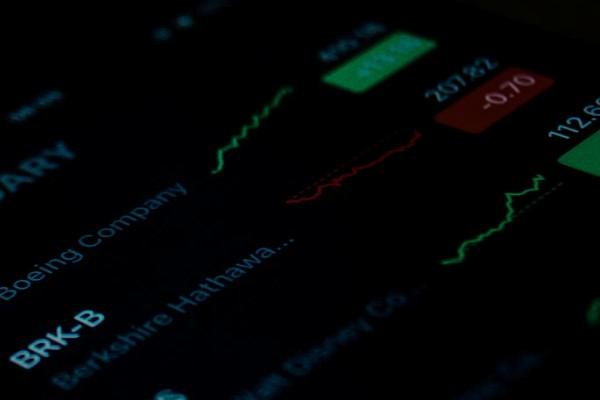In line with the median estimates, the Central Bank cut the interest rate by another 100 bps, and by making the fourth cut in a row, it brought the policy rate to 14%. Along with this move, besides adopting an unorthodox approach in the sense that it sends the policy rate below 7.3 points from inflation, the policy expectations we have put forward are currently completely in line with the new economic perspective put forward by President Mr. Recep Tayyip Erdoğan. For this reason, while the Central Bank continues to cut interest rates within the scope of the continuation of the policy easing trend, there are important details in the text for the policy evaluation in the future.
Namely; The statement about the completion of the rate cut cycle in the Central Bank’s policy statement draws attention. If we remember; Although the Central Bank’s previous MPC texts emphasized limited space, the Governor, Mr. Şahap Kavcıoğlu stated that this limited area was used significantly. The most prominent item from the Bank’s statement is;
· The Board decided to complete the use of limited space implied by the temporary effects of supply-side factors and other factors beyond the control of monetary policy on price increases.
At this stage, we think that although the Central Bank has directed the end of the easing cycle, it is not on the verge of responding to the compelling factors to maintain the current policy ground. After the last lira depreciation, the pass-through effect on consumer prices accelerated, indicating that inflation will be driven upwards in the coming months. We would like to point out that the unorthodox policy implementation to support the growth-oriented new economy perspective has some risks, as it may weigh the compelling factors of inflation. Because, in the new economy perspective and in the economic doctrine advocated by Mr. Erdogan, high interest rates are not kept at an ideal point, it is thought that it creates inflation through the reflection of the interest costs paid by the producers, to the consumers. For this reason, it is understood that foreign exchange inflow to be attracted by exports and foreign direct investment is aimed, not hot money flows created by high borrowing costs.
In the new economic model, it is emphasized that the strong lira phenomenon, which will be provided by the hot money flow attracted by high interest rates, does not point to an ideal sustainable model and makes the economy vulnerable to speculative attacks at the point of foreign dependency. According to this model; Cheaper borrowing will increase output and create jobs as inflation eventually stabilizes. Minister of Treasury and Finance, Mr. Nureddin Nebati said this week that Turkey is determined not to raise interest rates. At this point, although the effect of portfolio inflows to Turkish securities is seen as short and temporary, it is argued that it will not help price stability. In the model opposite this; It is shown that in the transition to an economy with a current account surplus, price stability will naturally occur with stable foreign exchange and investment inflows. While this transformation is extremely positive in terms of the future construction of the economy, we would like to state that this transition will move towards the goal with the creation of its infrastructure rather than the weak lira and Muratpaşa escort low interest rates in the short term. In this context, we consider the roadmap and planning for the new economic model to be important.
Now at this point; It is understood that the government did not demand higher interest rates within the framework of the economic doctrine it currently advocates. Recently, calls for lower borrowing costs have increased to keep the economy growing. If we remember in the cyclicity of exchange rate movements and its transformation into inflation, we remember that Mr. Kavcıoğlu’s predecessors raised interest rates with the rapid policy transformation. This time, we observe that the bar is kept high for a possible U-turn in policies. Consumer inflation rose to 21.3% as of November, and it seems that it will reach much higher rates in the next few months with the rapid reflection of the recent exchange rate increases on periodic price increases. In the low interest concept of this, we focus on the risk of creating a spiral over a constantly depreciating lira.
Recent rate cuts further deepened real yields into negative territory as consumer inflation climbed. According to the central bank’s December market participants’ survey, inflation expectations for the next 12 months rose from 15.61% to 21.39%. Inflation expectations continue to deteriorate from month to month.
The central bank is expected to publish the monetary and exchange rate policy framework for 2022 before the end of the year. December inflation data will be published on 3 January. Despite the Central Bank’s assessment that the rate cut cycle is complete, we observe that a clear policy framework has not been put forward. Our conclusion is that in the 1Q22 period, a planning will be made by evaluating the current inflationary and financial conditions. However, we can say that the current route does not contain a tightening trend at the moment.
Kaynak Tera Yatırım-Enver Erkan
Hibya Haber Ajansı
Kaynak: Hibya Haber Ajansı

